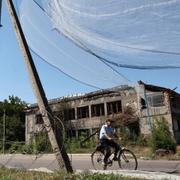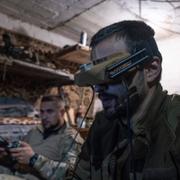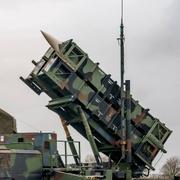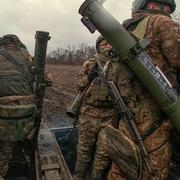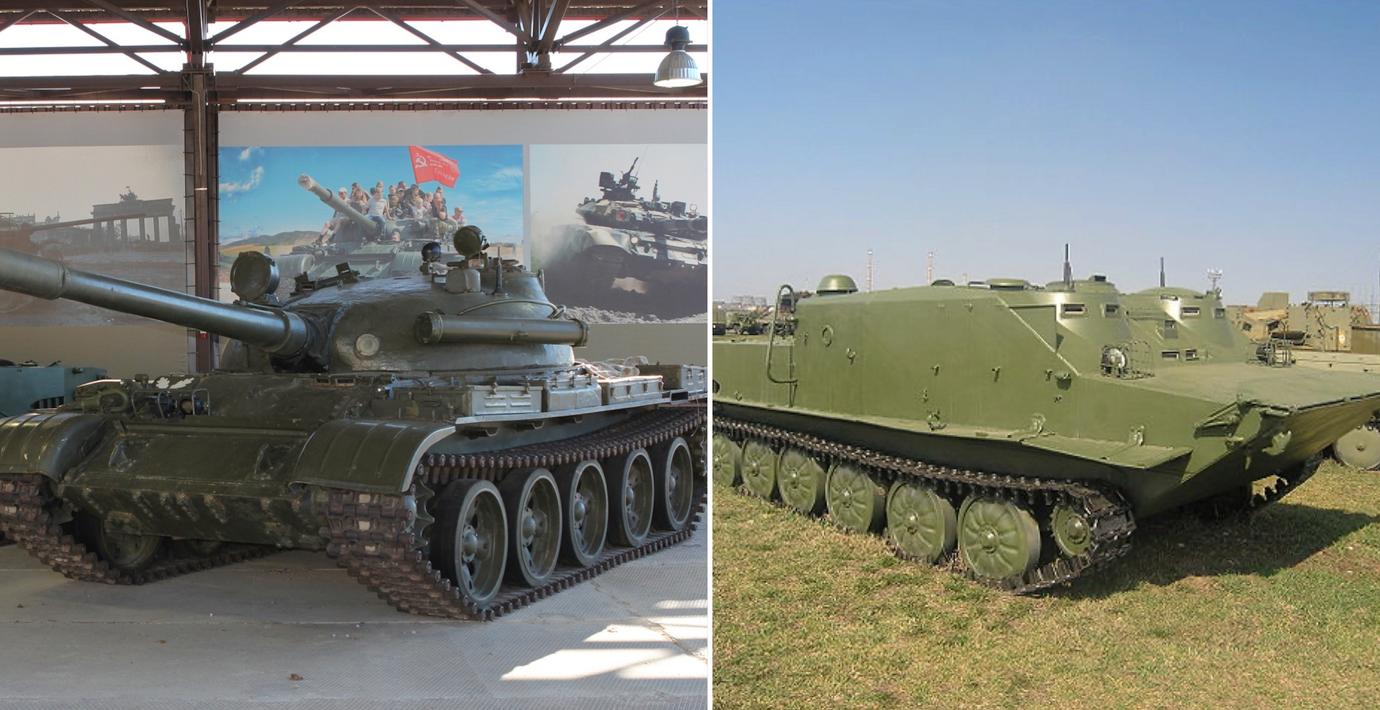
Storbritannien: Ryssland tar in 60-åriga stridsfordon
På grund av tunga förluster av stridsfordon i Ukraina har Ryssland blivit tvungna att sätta in 60 år gamla stridsvagnar av modell T-62, skriver Storbritanniens försvarsdepartement i en lägesuppdatering.
De senaste dagarna har även trupptransportfordonet BTR-50, som först togs i bruk 1954, synts användas av ryska styrkor i fält.
Sedan sommaren har runt 800 T-62:or plockats fram ur förvar, och vissa har uppgraderats för bättre sikt nattetid, skriver britterna.
”Båda dessa föråldrade fordonstyper har dock många sårbarheter på det moderna slagfältet, inklusive avsaknaden av modernt reaktivt pansar.”
bakgrund
T-62
Wikipedia (en)
The T-62 is a Soviet medium tank that was first introduced in 1961. As a further development of the T-55 series, the T-62 retained many similar design elements of its predecessor including low profile and thick turret armour. In contrast with previous tanks, which were armed with rifled tank guns, the T-62 was the first production tank armed with a smoothbore tank gun that could fire APFSDS rounds at higher velocities.
While the T-62 became the standard tank in the Soviet arsenal, it did not fully replace the T-55 in export markets due to its higher manufacturing costs and maintenance requirements compared to its predecessor. Although it was followed by later models in successor states of the Soviet Union, the T-62 remained in reserve in the former USSR and in frontline use by other countries. Design features of the T-62 became standardized in subsequent Soviet and Russian mass-produced tanks.
bakgrund
BTR-50
Wikipedia (en)
The BTR-50 (BTR stands for Bronetransporter (Russian: БТР, Бронетранспортер), literally "armored transporter") is a Soviet tracked amphibious armored personnel carrier (APC) based on the PT-76 light tank chassis. The BTR-50 was developed in 1952 and entered service with the Soviet Army in 1954, it ceased production in 1970. It has the ability to transport up to 20 fully equipped infantrymen, and can be armed with either nothing, a 7.62 mm SGMB medium machine gun, or a 14.5 mm KPV heavy machine gun. It saw notable service in the Six-Day War, the Yom Kippur War, and most recently in the 2022 Russian invasion of Ukraine.
The BTR-50 shares similarities with two other APCs developed independantly, the OT-62 TOPAS and the Type 77. While the OT-62 is an improved copy of the BTR-50 developed jointly by Czechoslovakia and Poland, the Type 77, based on the Type 63 amphibious light tank developed by the People's Republic of China (PRC).
bakgrund
Reaktivt pansar
Wikipedia (en)
Reactive armour is a type of vehicle armour that reacts in some way to the impact of a weapon to reduce the damage done to the vehicle being protected. It is most effective in protecting against shaped charges and specially hardened kinetic energy penetrators. The most common type is explosive reactive armour (ERA), but variants include self-limiting explosive reactive armour (SLERA), non-energetic reactive armour (NERA), non-explosive reactive armour (NxRA), and electric armour. NERA and NxRA modules can withstand multiple hits, unlike ERA and SLERA. A second hit in exactly the same location may potentially penetrate any of those, as the armour in that spot is compromised.
Reactive armour is intended to counteract anti-tank munitions that work by piercing the armour and then either kill the crew inside, disable vital mechanical systems, or create spalling that disables the crew — or all three.
Reactive armour can be defeated with multiple hits in the same place, as by tandem-charge weapons, which fire two or more shaped charges in rapid succession. Without tandem charges, hitting precisely the same spot twice is much more difficult.
Omni är politiskt obundna och oberoende. Vi strävar efter att ge fler perspektiv på nyheterna. Har du frågor eller synpunkter kring vår rapportering? Kontakta redaktionen
